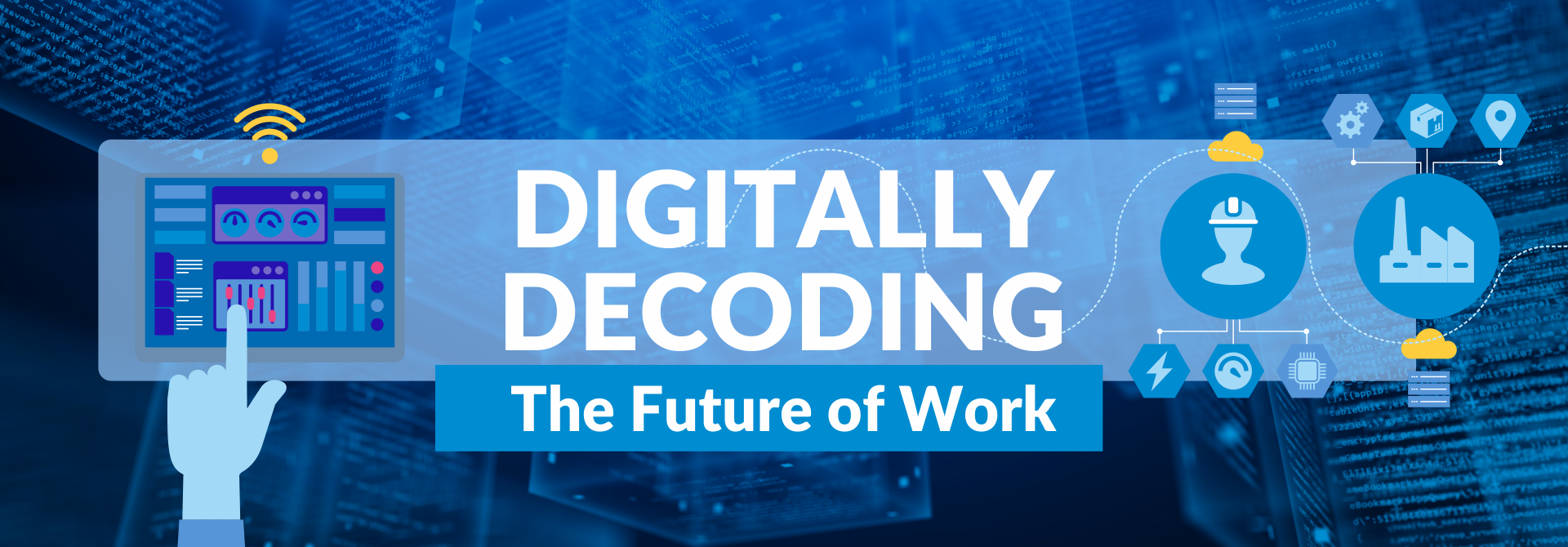It uses data aggregation and data mining to provide insight into the past. It is useful in allowing us to learn from past behaviors and understand how they might influence future outcomes. Financial and banking institutions particularly use this for fraud detection.(4)
Digitalization has stepped in as the biggest disrupter of the last century that has left an indelible and irrevocable impact on the entire world.
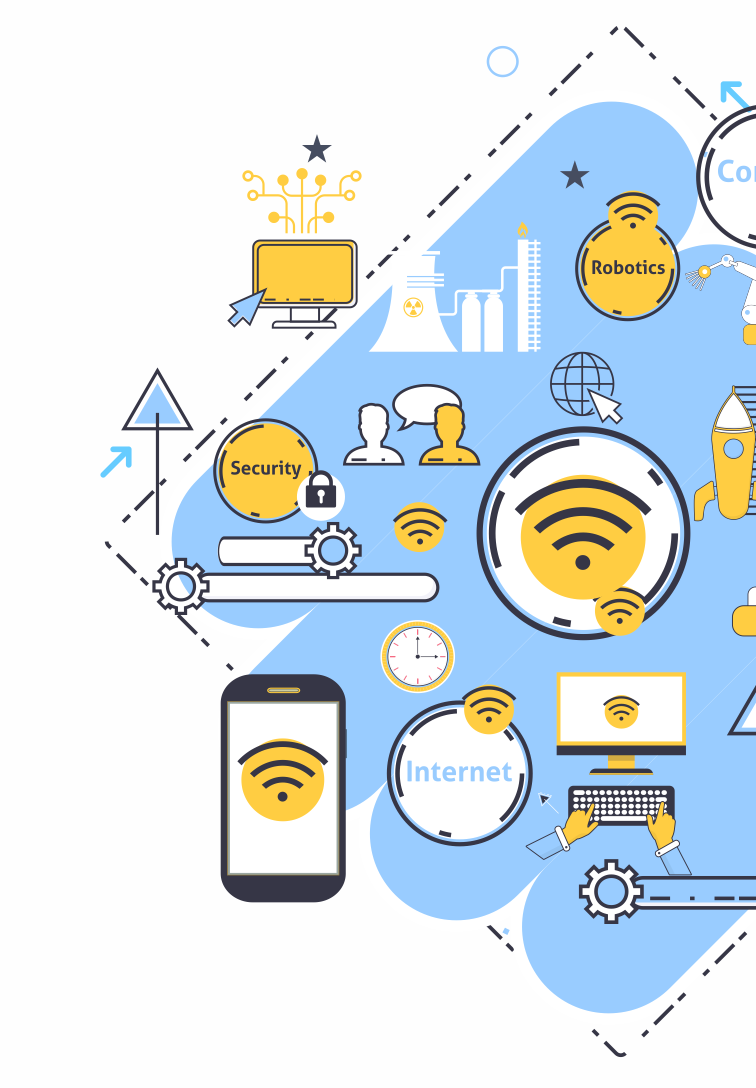
A testimony of this rapidly evolving Digital era is the tremendous proliferation of, smart phone users in India, that will touch a massive 829 million users(1) with overall connected devices ecosystem growing to 2.2 billion by 2022.(1) The trend indicates a massive buildup of data generated from the IoT enabled devices, digital transformation in India, and machines among others. This creates a suitable foundation for artificial intelligence to intersect and go beyond the stage of 'connected devices' to forge 'connected intelligence' for the larger good of the society.
Internet of Things (IoT) is one of the key data sources for Artificial Intelligence (AI) where AI is about both automation (using technology to replace the human) and augmentation (using technology to enhance the human). Therefore, IoT plays an underlying role in AI by enabling organizations to use IoT-derived data to understand areas where automation is most applicable while also allowing for human augmentation by providing better information to the decision maker. Thus, helping humans and machines work in collaboration to increase outcomes, and subsequent value, for the organization.
Hitachi has been partnering digital transformation in India and enabling it to be equipped for the IoT era. By leveraging Hitachi's innovative and globally recognized IT X OT operational technology solutions and predictive analytics solutions, the customers are transiting from IoT enabled interactive devices to AI enabled devices with cognitive functions of the living beings. This can bring in a paradigm shift in how technology touches live and fuels the digital revolution. Through this technological leap, Hitachi is introducing a new world of possibilities for policy makers, businesses and organizations to enhance citizen's quality of life.(2)
Creating Value Through Analytics
As India resolutely puts Industry 4.0 plan in action, Hitachi through its revolutionary platform Lumada that integrates advanced analytics, artificial intelligence, and machine learning into solution cores is enabling customers to solve business problems efficiently. Lumada's open architecture allows the solution to run on the cloud, on premise, on the edge, or in the core.
The data around us is a heterogeneous mix of enterprise, human and industrial data. With Hitachi Lumada, analytics is a constantly iterating process to extract actionable information for AI algorithms that are designed to facilitate learning based on the information it is processing. This way, the system continuously adapts to the new data input triggering a highly responsive environment where systems as well as people are constantly learning new insights from the data generated.(3)
Thus, Hitachi puts in place a robust launch pad for the decision makers, organizations and even governments to act. The response is enabled by multiple outcomes including–
Descriptive Analytics
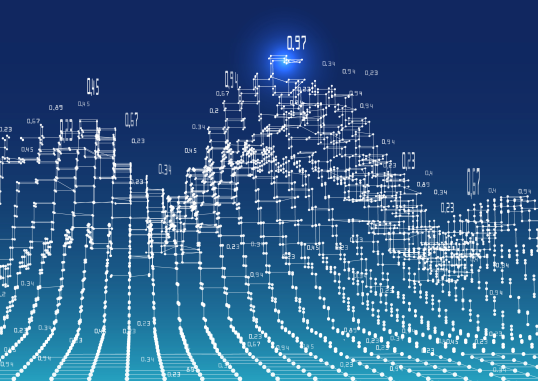
Predictive Analytics
Predictive analytics uses technology and statistical methods within the healthcare environment to search through massive amounts of information, analyzing it to predict outcomes for individual patients.(4)
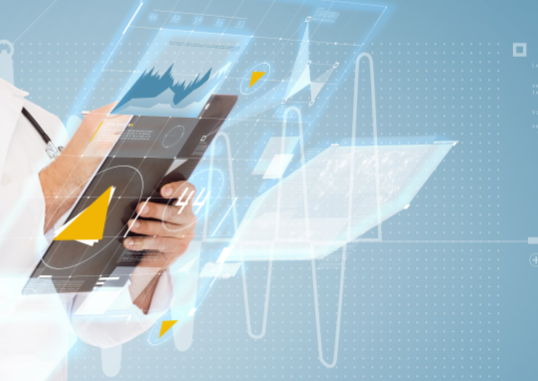
Prescriptive Analytics

Prescriptive analytics attempt to quantify the effect of future decisions in order to advise on possible outcomes before the decisions are actually made. It predicts not only what will happen, but also why it will happen providing recommendations regarding actions that will take advantage of the predictions.(4)
Thus, Lumada’s universality of interface and application of analytics can significantly contribute to revolutionizing governance, manufacturing, healthcare, education, smart transport and public spaces among others in the country.(5)
IoT, AI and Analytics defining “Future of Work”
Globally, with definite technological advancements, artificial intelligence enabled devices and machines including robots are taking efficiency and optimization to another level. They are also increasingly performing a critical role in replacing human beings in hazardous tasks - a big step towards safety of human life and achieving a better quality of life.
Now, imagine, in India when high-risk tasks like cleaning of sewage or water networks, deep sea diving or excavations, furnace operations, tunneling, prototype testing in vehicular or aviation industries, operations in radioactive areas and many more can be executed through AI enabled devices, so much of human resource could be available for skilled jobs that could help accelerate nation building.
Therefore, by taking the country beyond digitalization into an era of integrated IoT and AI, Hitachi is helping define the 'Future of Work' in India that is safer, smarter, predictive and towards a better way to live.
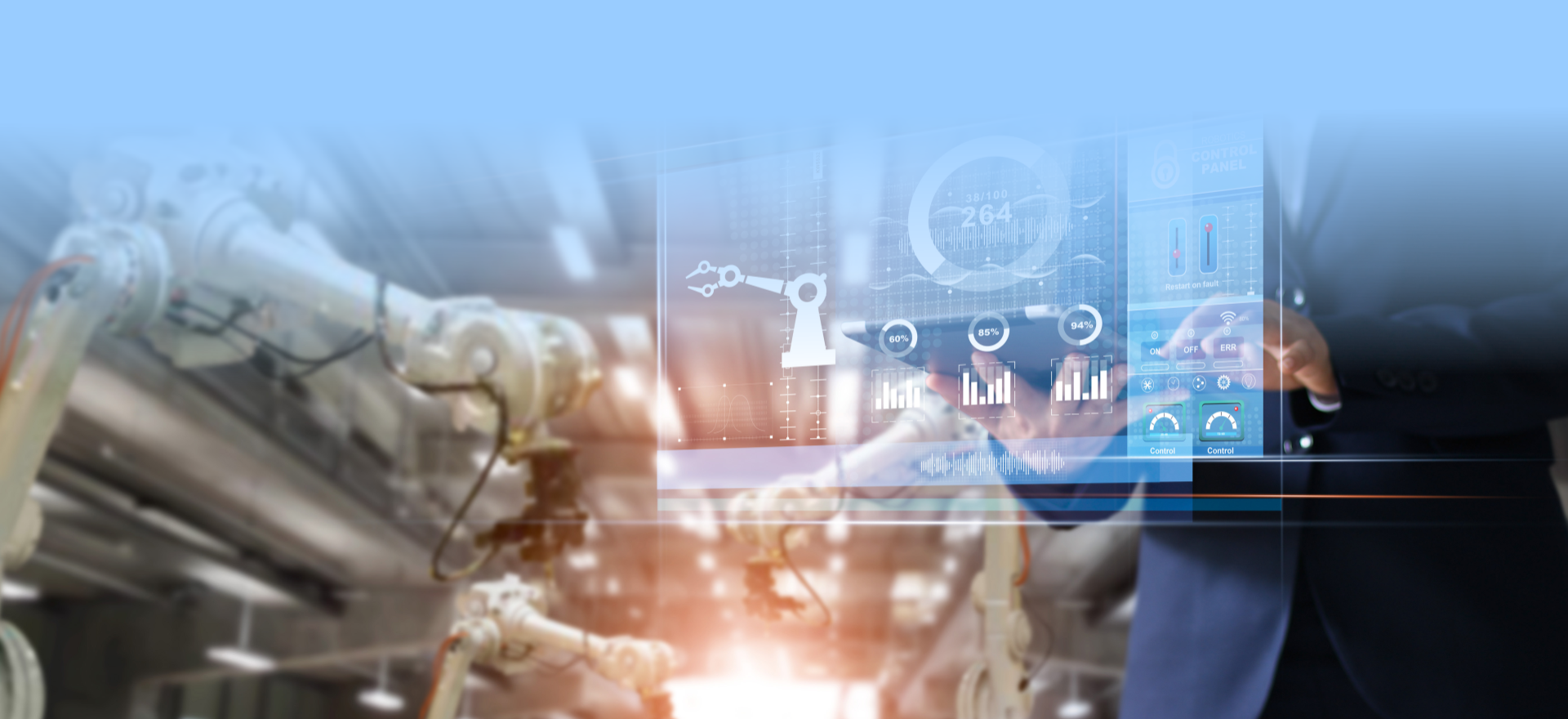
Source:
1- https://qz.com/india/1483368/indias-smartphone-internet-usage-will-surge-by-2022-cisco-says/
2- https://www.forbes.com/sites/bernardmarr/2019/06/14/the-amazing-ways-hitachi-uses-artificial-intelligence-and-machine-learning/
3- https://www.healthcarebusinesstech.com/ai-and-predictive-analytics-lead-to-improved-delivery-of-healthcare-services/
4- https://halobi.com/blog/descriptive-predictive-and-prescriptive-analytics-explained/
5- https://www.hitachi.com/products/it/lumada/global/en/index.html


